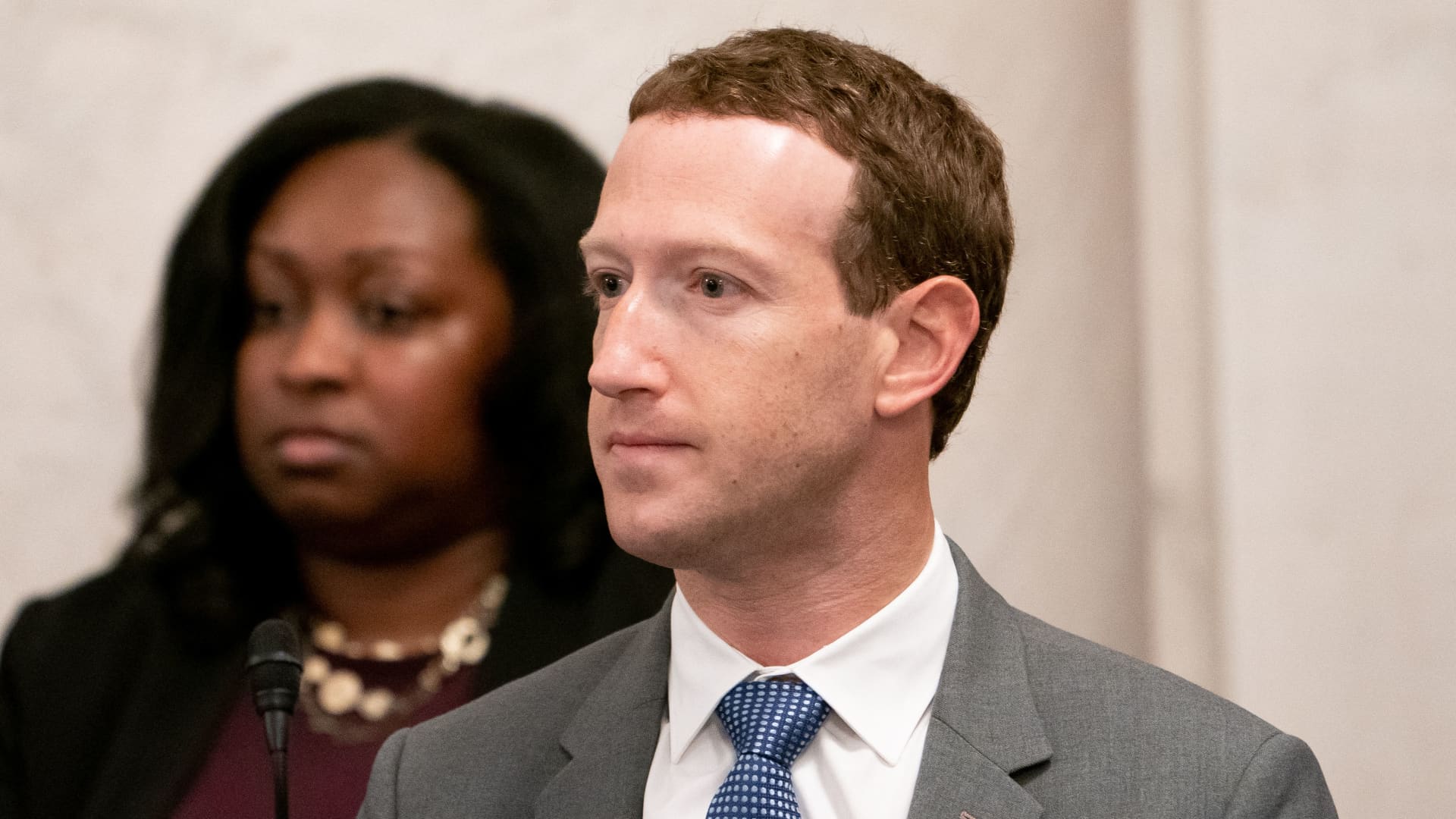The Grand Slams of tennis are attempting to partner with a collection of the sport’s other most famous tournaments in what could become the sport’s most revolutionary change since the 1990s.
They aim to form partnerships with at least the 10 biggest tournaments and their own events — Wimbledon, the US Open, the French Open and the Australian Open — according to five people who have been involved in those discussions and briefed on them. . To create a premium tour that resembles a tennis version of Formula 1.
The move comes as the sport’s most powerful bodies, officials and top players have acknowledged that tennis in its current form is not working as well as it should. Among his criticisms: it is confusing for fans to follow; Millions of dollars that could have been earned are left on the table; Its nearly endless schedule is extremely taxing on top players, whose careers are cut short due to injury and mental fatigue.
Officials worry that those factors could make tennis prone to the kind of aggressive disruption that has plagued golf over the past two seasons, as the Saudi Arabia-backed LIV Golf venture poached top players from the established PGA Tour and a Led to costly legal battle. Forced a merger whose details are still being worked out. Preventing a similar turn of events has become a top priority for the seven governing bodies that oversee tennis and B.The most valuable and most renowned assets in the game are stitched together to create a unique collection of events and a simple season is widely viewed as the best defense.

“We all know the premium drives the business,” Steve Simon, chief executive of the Women’s Tennis Association (WTA) Tour, said in an interview on Tuesday.
For a week in Turin, Italy earlier this month, tennis’s top officials anxiously awaited a proposal from the sport’s biggest and most powerful bodies after nearly six months of debate and discussion. The organizations that run the four Grand Slam tournaments have come together in a rare unity.
many of The officials interviewed for this story asked not to be identified to avoid jeopardizing their professional relationships.
Ultimately, officials from other governing bodies, who were in Turin, venue of the men’s ATP Tour (Association of Tennis Professionals) Finals, left without receiving the long-awaited proposal. Grand Slam officials, who declined to comment publicly for this article or did not respond to messages seeking comment, have asked officials of the men’s and women’s tours to finalize their proposal. Need more time. The goal is to have a plan ready to present when they gather in Australia for the Australian Open in January.
In A sign of how serious the Slams are about forcing change is that they have yet to sign another three-year deal with the Tour that codifies the system of awarding ranking points. The move signals their view that a significant change is about to occur, so signing a multi-year deal based on the current schedule is futile, even if it means starting the 2024 season without an agreement.
Officials involved in the discussions have described them as fluid and largely positive. All that said, there is a strong possibility that they could fall apart, or the Premium Tour could be expanded to include even more Grand Slams, top level events and a few other events deemed worthy . In recent years, tennis executives have worked with top consulting and investment firms to come up with proposals similar to those now under consideration, but failed to move tennis beyond the status quo.
A more focused, premium tour, over which the Grand Slams had partial control, could also protect them from significant changes to the schedule leading up to their events. In recent months, it has become a top concern for Tennis Australia chief executive Craig Tilley, as the men’s and women’s tours move to a top-tier venue in Saudi Arabia during the first week of the season scheduled to begin in January 2025. Addition of program was considered.
Holding the top-level event in Saudi Arabia in January would potentially spoil a series of tournaments in Australia and New Zealand, which kick off the year along with the Australian Open. It could also spell the end of the United Cup, a mixed team competition that Tennis Australia launched last year.
The premium tour plans the Slams are crafting are, at least in theory, in line with one of ATP Tour chief executive Andrea Gaudenzi’s top goals.
Gaudenzi has long wanted to reduce the gap in prestige, import and financial strength between the Grand Slams and the biggest events of the men’s and women’s tours. These are often referred to as the men’s tour as “Masters” events and the women’s tour as the “1,000” – for the number of ranking points the women receive.

Those tournaments include mixed events near Indian Wells, Miami, Madrid, Rome, Toronto/Montreal and Cincinnati. Already more than half of the top events have been extended from one week to 12 days, compared with two weeks for the Grand Slams.
,We want to develop our premium product and that is a fact we have been very vocal about,” Gaudenzi said during a meeting with a small group of journalists in Turin two weeks ago. “For the sport, reducing the gap between the Masters and the Slams is good for everyone. Now, there is a huge difference.”
While Gaudenzi and Slam may share a vision of what is best for tennis, it is unclear what role she, her WTA Tour counterpart Simon or the Tour will play moving forward. He may be left to oversee a collection of small and medium-sized tournaments, known as 500 and 250. Under one scenario, developing players could largely make up the fields of those events, while players ranked in the top 100, who can earn a good “tour card” and a specified guaranteed salary for the season, focus on the top level tour. But they are still able to participate in smaller events if they wish.
A key question, Simon said, is, “How do you make a calendar that’s easy to follow?”
Players who have begun to learn the details of the plan that the Slams are trying to formulate have so far generally been supportive of the concept, notably players associated with the Professional Tennis Players Association, the player organization for Novak Djokovic. helped launch it three years ago.
Tennis players play the longest seasons in professional sports. His biggest priorities are to earn more money while competing less, so he can rest and maintain his health. A premium tour could accomplish both of those goals and create a more simplified version of the game than the massive tours that exist now.

If the top 100 players were to focus primarily on the Slams and about a dozen top-level tournaments, that would cover about 32 weeks of competition and still have enough time to play in a few smaller events where they could earn lucrative appearance fees. Could get. , as well as maintaining adequate time for rest and a proper off-season.
Sports officials say there is potential for revenue to increase if the Slams and top tournaments could sell their television and sponsorship rights more collectively rather than cornering the market by competing against each other, although the structure of the partnership remains to be determined. Has not been finalized. Officials said this may not include all commercial rights for all tournaments.
The changes will take at least a year or two to roll out and even longer to take full effect as officials open up or renegotiate long-term media and sponsorship deals and how to divide revenue between top-tier tours. Yes, we are working to find out. And other tournaments.
(Top photo: Adrian Dennis/AFP via Getty Images)







